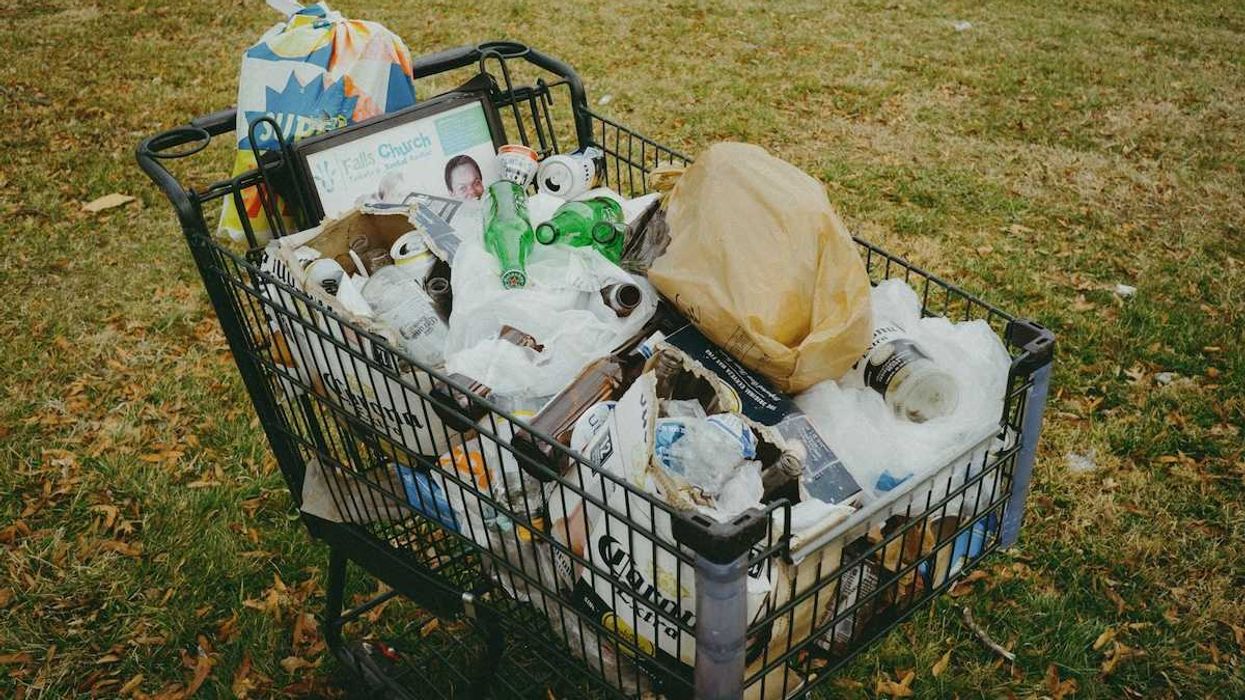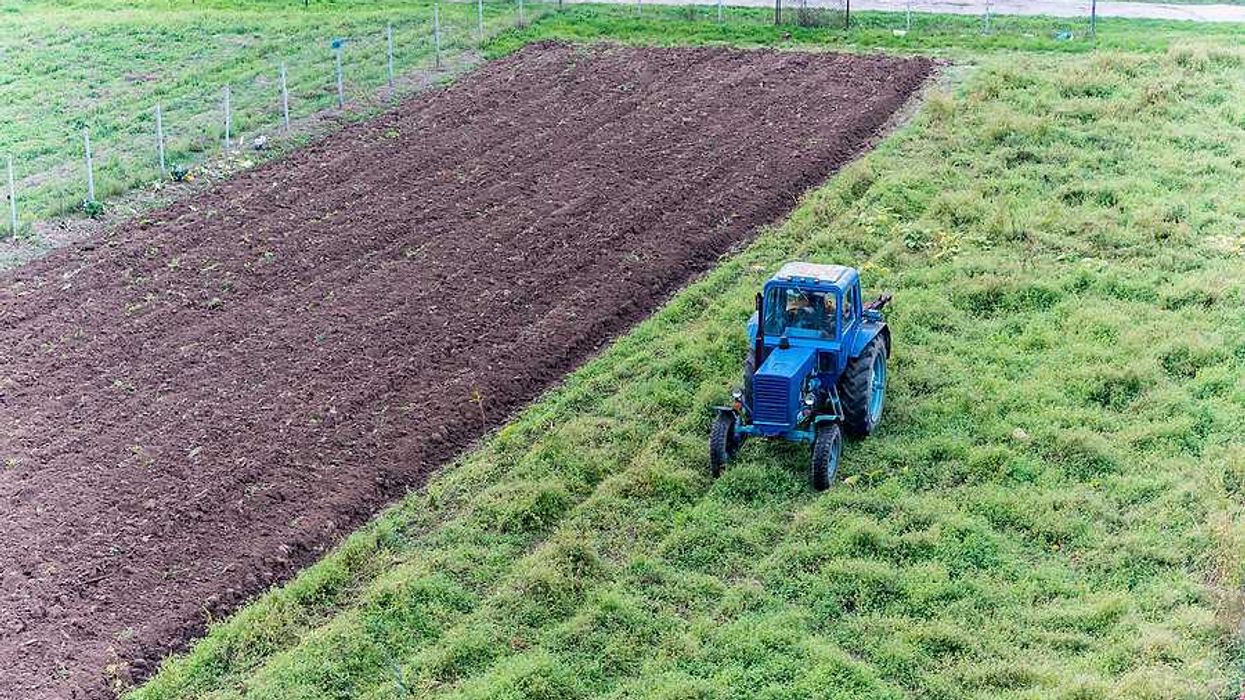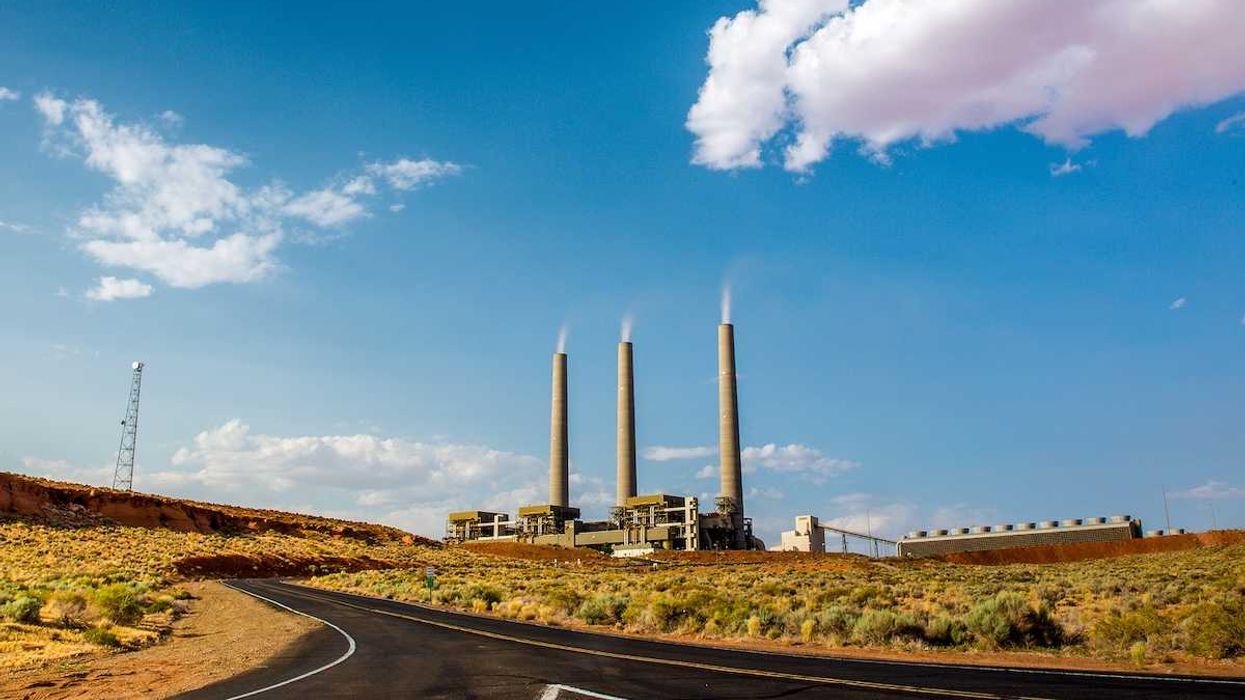A proposed change to the Endangered Species Act would strip habitat protections, allowing expanded pesticide use and potentially threatening vulnerable species.
Brian Calvert reports for Civil Eats.
In short:
- The Trump administration has proposed removing habitat protections from the Endangered Species Act’s definition of “harm,” which could allow greater pesticide use in farm areas.
- Conservationists warn this change could undermine recent U.S. Environmental Protection Agency efforts to regulate pesticide impacts on endangered species and reduce farmers’ incentives to participate in habitat conservation programs.
- Critics argue the new interpretation ignores the ecological importance of habitat, potentially weakening federal agencies’ ability to prevent harm to species beyond direct killing.
Key quote:
“Redefining ‘harm’ to not include habitat would really have a lot of impact.”
— Nathan Donley, environmental health science director at the Center for Biological Diversity
Why this matters:
Habitat destruction is one of the leading drivers of biodiversity loss worldwide, and U.S. agriculture has long been a flashpoint in this conflict. Pesticides not only kill pests but often decimate the plants and insects that endangered species rely on for survival. Without strong habitat protections, vulnerable animals like the monarch butterfly and numerous birds could lose crucial breeding, feeding, and migratory spaces. The EPA had only recently begun aligning pesticide regulation with species protection. The rollback could reverse years of incremental progress, reducing oversight of chemical impacts and placing further strain on ecosystems already fragmented by agriculture, energy development, and urbanization.
Related: Trump accelerates regulatory rollback, challenging legal limits and federal oversight














